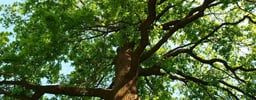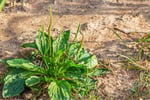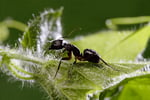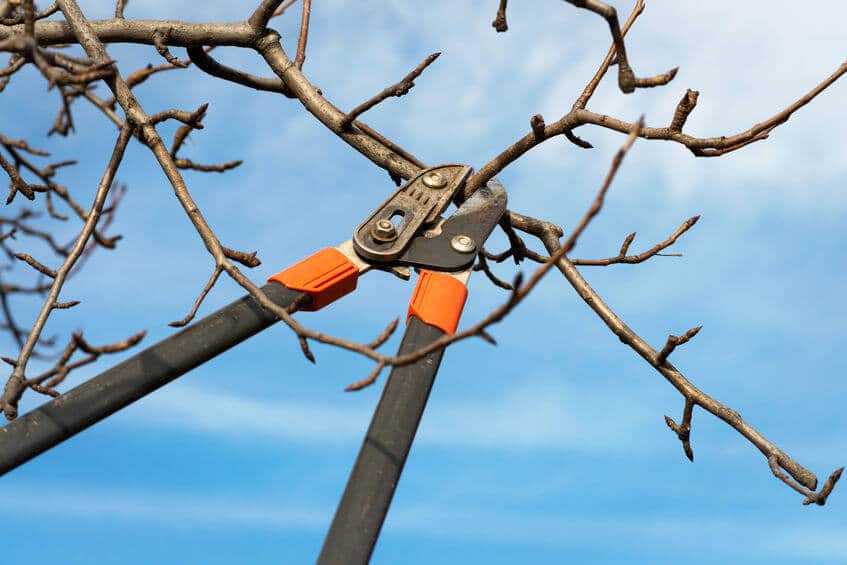About the Birch Borer
The bronze birch is native to north America with birch borer damage documented as far back as the 1800s. The birch borer is found just about everywhere where birch tree populations thrive, with a range that stretches from Maine and New England across the Great Lakes region into the Pacific Northwest. Birch borer outbreaks tend to happen during times of environmental stress, particularly during extended periods of drought and extreme heat. As that weather pattern becomes more common across most of the country, birch borer outbreaks are becoming more widespread across the United States. Recent outbreaks in traditionally temperate areas including metro Seattle and Portland show how climate change is playing into the expansion of the birch borers range.
Bronze birch borers are known to attack all native and introduced birch species,
although birch susceptibility varies. Many varieties of birch species as well as
numerous crosses between species are currently planted as ornamentals in North
America. Although some varieties are more resistant than others, no species are immune
to birch borer attack.
Birch Borer Symptoms
Birch borer larvae damage trees by feeding on the the inner bark of host trees. ln the most severe cases, the birch borer larvae cause sufficient damage to prevent nutrient transport within the tree, damaging the roots. The compromised root system is unable to supply leaves with adequate water. Soon leaves and branches begin to show signs off stress and may die. As branches and leaves experience mortality, the diseased tree is unable to produce sufficient energy as the nutrient flow is disrupted. If left untreated, the tree will likely perish. 
Birch trees thrive in cool, moist growing locations. Thanks to a root system that is not as deep some other trees, birch are readily susceptible to stress under dry, hot conditions. Adult bronze birch borer outbreaks typically occur in areas where trees are weakened or stressed by drought, old age, insect defoliation, soil compaction, or a stem or root injury.
Vigorous trees can be attacked, but larvae rarely succeed in completing development. A healthy tree will produce callus tissue around the birch borer larvae. If the callus can be produced quickly, the larva will be overtaken and die. If the tree is stressed, however, callus production will be too slow to prevent the larva from taking hold.
Birch Borer Treatment
The best way to treat a birch borer outbreak is through prevent efforts. Those include selecting the proper trees to plant for your particular climate. If you have birch trees planted already, there are steps that you can cant take, including using mulch to cool soil around your trees and ensuring that your birch get adequate water and nutrients during times of stress. Insecticides on the bark can also be useful, but topical treatments will not eliminate larvae that have penetrated into the bark. If you're worried that your trees could be at risk of birch borer damage, we can help.
Senske has a preventative maintenance program for Birch Trees. A systemic injection of Imidaclopride to the trees in the dormant season has helped to prevent Bronze Borer damage. Please call us with any questions or concerns about your trees.
Reference: https://www.fs.usda.gov/Internet/FSE_DOCUMENTS/fsbdev2_043665.pdf for the complete article by the US Dep. Of Agriculture


.png?width=1142&height=1350&name=Holiday%20Decor%202025%20LP%20-%20548x648%20%20(1).png)








